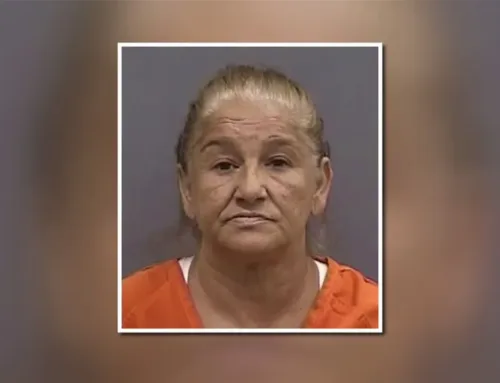January 25, 2022
-Edmonton Journal
The Alberta government is striking an advisory committee to help improve emergency medical services across the province as paramedics face historical demand.
Health Minister Jason Copping said at a news conference Monday the EMS system is under “unprecedented pressures,” because of COVID-19, staffing shortages across the health-care system, an increase in calls, transfers, and global supply chain issues keeping vehicles off the road.
“All types of calls have increased, and staff are quite frankly exhausted, and some Albertans are frustrated,” said Copping.
The committee, co-chaired by UCP MLAs R.J. Sigurdson and Tracy Allard, will work on short-term initiatives and provide longer-term recommendations for a new EMS service plan by May.
Alberta Health Services (AHS) also highlighted a 10-point plan aimed at increasing ambulance capacity.
Darren Sandbeck, chief paramedic and senior provincial director of emergency medical services at Alberta Health Services, said demand is now at “historical levels,” in part because of higher acuity patients, the opioid crisis, and extreme weather-related calls.
“Similar pressures are being felt by all Canadian provinces and ambulance services internationally,” said Sandbeck, who added AHS has already been working behind the scenes on five of its initiatives to create additional capacity.
That includes efforts to hire more paramedics, changing work hours to deal with staff fatigue, transferring some non-emergency calls to other agencies, and no longer automatically sending ambulances to motor vehicle collision calls when there are no injuries reported. Upcoming initiatives include dedicating patient transfer units to free up ambulances, and creating a new integrated operations centre in Calgary.
“As this package comes together is when we will really be able to measure what impact they are having on the system,” said Sandbeck.
Copping said the EMS has hired more than 200 staff – an increase of nine per cent – over the past two years, but in the past several months 911 calls to EMS have increased by 30 per cent. The government will put out a call for proposals in February for a third-party review of the EMS dispatch system across the province.
The announcement follows calls for government action to address paramedic wait times, including from the Health Sciences Association of Alberta (HSAA), which represents 28,000 health-care workers including paramedics. The newly announced committee will include ambulance operators, municipal leaders, Indigenous community representatives, and one HSAA representative.
Last week, HSAA president Mike Parker raised the alarm, saying existing staffing challenges have been amplified by the Omicron variant of COVID-19, impacting patient care – concerns that were rebuffed at the time by the health ministry as “empty union politics.”
Parker told reporters at a virtual news conference Monday he was “cautiously optimistic,” about the government’s announcement, but said it included nothing that would immediately support a decrease in response times.
“This issue didn’t occur last week. It’s gonna take a lot more than a couple of committee meetings to actually have the courage to walk forward and fix the issues that are ongoing, from staffing shortages … to the government recognizing that EMS is a resource that must be funded fully,” said Parker adding that HSAA will fight against any potential privatization efforts.
“When I see things like alternate sources of transport — these all lead to a conversation of eroding our public health-care system,” said Parker.
Both the HSAA and NDP Opposition called Monday for regular public reporting on red alerts, during which no ambulance is available to respond. Currently, the HSAA posts notifications of red alerts to its Twitter feed .
A routine freedom of information disclosure obtained by Postmedia showed Edmonton saw 152 red alerts from April to March of 2020-21, an increase of about 50 per cent from the previous 12 months. From April 2021 to September 2021, there were 272 red alerts in the city, an annual increase of 79 per cent in less than six months.
Copping didn’t commit to publicly reporting red alerts, but said the committee would look at what metrics the government should focus on, and work is underway to release more public data.
NDP Opposition health critic David Shepherd said in a statement Monday the government’s announcement offered no transparency, targets, timelines, or accountability.
“This crisis has been growing for some time, and it’s unacceptable that the UCP are so far behind on addressing it,” said Shepherd.




